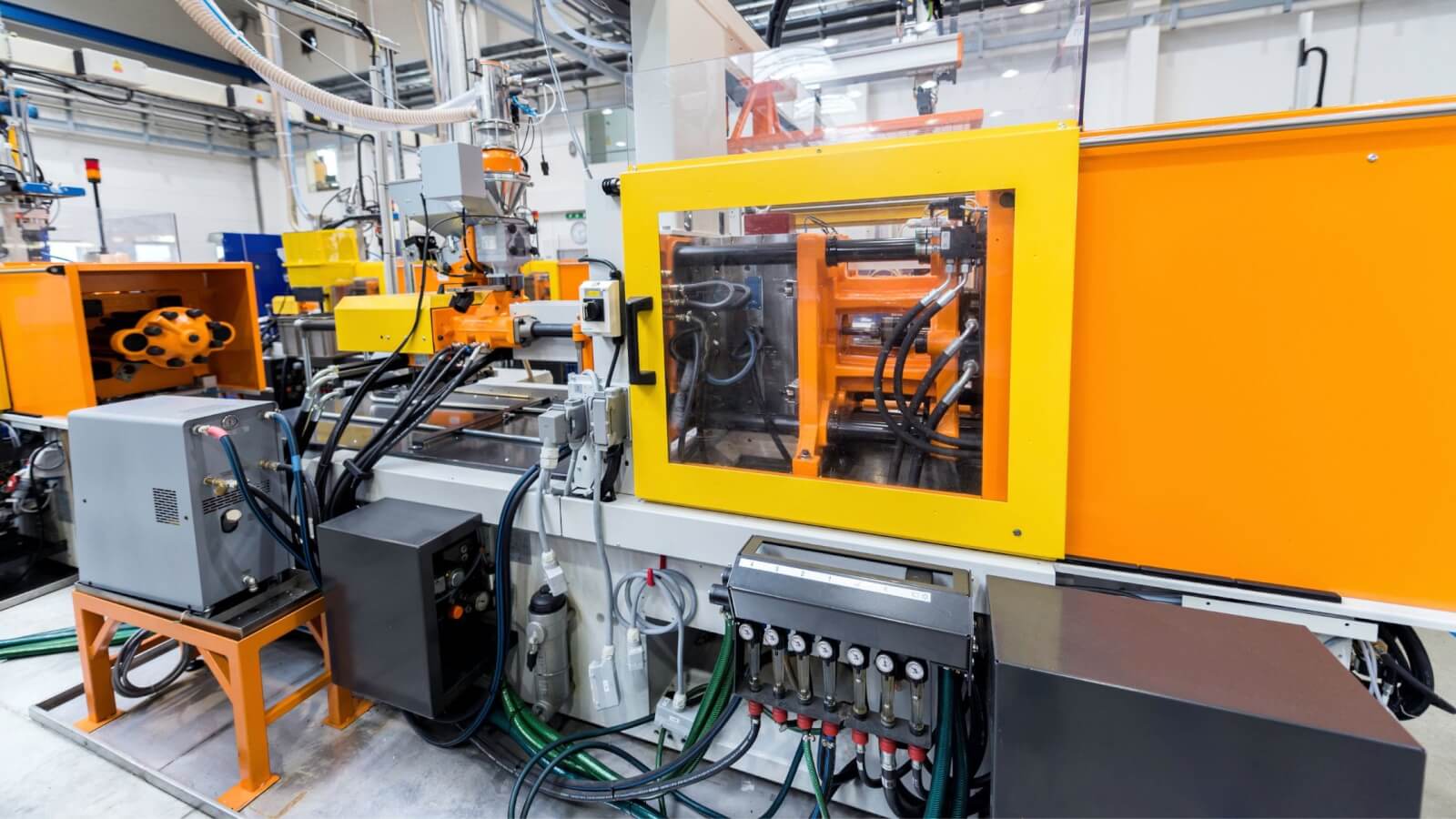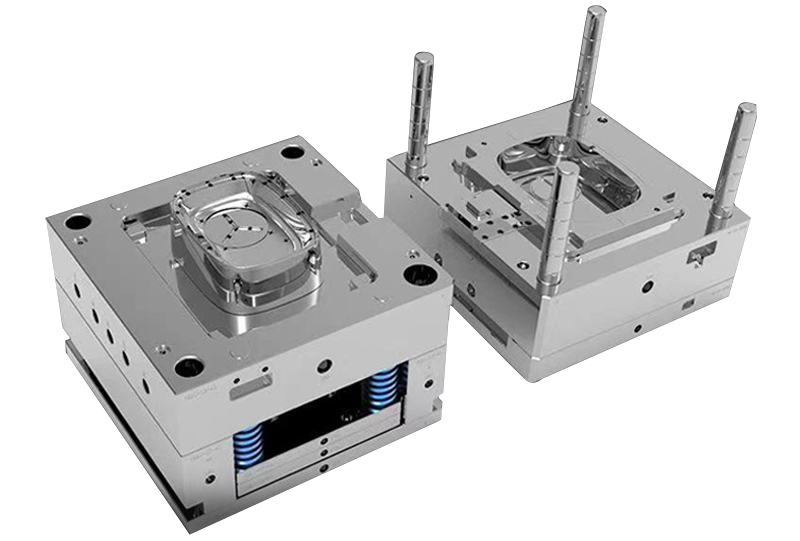Discovering the Future of Plastic Injection Molding in the Production Market
Discovering the Future of Plastic Injection Molding in the Production Market
Blog Article
Understanding the Basics of Plastic Shot Molding Procedures
Plastic injection molding offers as a keystone of modern-day production, supplying a methodical method to producing complex components with accuracy. Exploring these vital aspects could disclose just how even minor adjustments can lead to significant renovations in manufacturing results, raising inquiries concerning the capacity for innovation in this well-known procedure.
What Is Plastic Injection Molding?
Plastic injection molding is a widely used production process that changes thermoplastic and thermosetting materials right into exact and intricate forms. This technique is preferred for its ability to generate high volumes of similar get rid of exceptional precision, making it a crucial technique in numerous markets, consisting of automobile, durable goods, and medical tools.
The process includes thawing the chosen plastic material and infusing it right into a mold under high pressure. The mold and mildew, designed to the specifications of the wanted component, allows the molten plastic to materialize as it cools down and solidifies. As soon as the product has solidified, the mold and mildew is opened up, and the ended up component is ejected.
Plastic injection molding uses numerous benefits, including lowered waste, uniformity in manufacturing, and the capability to incorporate complex layouts that might be testing with various other manufacturing techniques. Furthermore, it sustains a wide variety of products, each offering distinct properties that can be tailored for particular applications. As markets proceed to introduce, plastic shot molding stays at the leading edge, allowing the advancement of sophisticated products that meet developing consumer demands.
The Shot Molding Refine
The shot molding process is a sophisticated technique that involves numerous vital phases to create top notch plastic elements. At first, plastic pellets are fed into a heated barrel where they are melted into a viscous fluid. This molten plastic is then infused under high stress into a precision-engineered mold, which forms the product into the desired kind.
As soon as the mold is filled, the plastic is permitted to cool and strengthen, taking the form of the mold and mildew cavity. Cooling time is critical, as it influences the cycle time and the final properties of the shaped part. After adequate cooling, the mold opens, and the ended up component is ejected using ejector pins.

Materials Utilized in Shot Molding
Numerous materials can be utilized in the injection molding process, each offering unique properties that deal with particular applications. The most generally used materials consist of thermoplastics, thermosetting plastics, and elastomers.

Thermosetting plastics, like epoxy and phenolic resins, go through a chemical modification during the healing procedure, resulting in a rigid, inflexible structure. These products are additional info optimal for applications needing high warm resistance and structural integrity, often made use of in vehicle parts and electrical insulators.
Elastomers, consisting of silicone and rubber-based products, offer flexibility and resilience. Their one-of-a-kind buildings make them ideal for applications that demand flexibility, such as gaskets and seals.
Additionally, specialized materials like bio-based plastics and composites are getting traction for their environmental benefits and enhanced efficiency characteristics, expanding the range of injection molding applications in various sectors. Comprehending the residential properties of these materials is crucial for choosing the appropriate kind for details projects.
Benefits of Injection Molding
Injection molding sticks out as a very efficient production procedure that supplies numerous benefits for generating intricate get rid of accuracy. One of the most significant benefits is the capacity to develop complex styles that would be challenging or impossible to accomplish with have a peek at these guys other approaches (Plastic Injection Molding). The procedure enables for in-depth features and limited resistances, guaranteeing premium components
Additionally, shot molding is understood for its rapid manufacturing abilities, making it a perfect choice for high-volume production. Once the mold and mildew is produced, parts can be generated rapidly, reducing preparations and enhancing total efficiency. This efficiency not just reduces manufacturing expenses yet likewise gives an one-upmanship in the market.
The convenience of materials made use of in injection molding additionally enhances its charm. A variety of thermoplastics and thermosetting polymers can be used, enabling manufacturers to choose products that best fulfill their details needs, including heat, versatility, and toughness resistance.
Moreover, the process decreases waste, as excess product can typically be reused and recycled. This sustainability aspect adds to a minimized ecological impact, making injection molding an accountable production option. On the whole, the advantages of injection molding make it a preferred technique for lots of sectors.
Aspects Influencing Product Quality
While various aspects can affect item top quality in shot molding, recognizing these components is crucial for accomplishing ideal results. Secret facets consist of product option, refining criteria, and mold and mildew style.
Material choice plays an important function, as different polymers exhibit unique homes that impact flowability, stamina, and thermal stability. Inadequate material option can bring about defects such as warping or insufficient dental filling.
Handling specifications, More about the author including temperature level, cycle, and pressure time, should be carefully controlled. Variants in these setups can lead to disparities partly measurements and surface area finish. For instance, exceedingly high temperatures may create deterioration of the polymer, while inadequate stress can lead to short shots.
Mold and mildew style is equally vital, as it figures out the flow of the molten plastic and the cooling procedure. Badly made molds might result in unequal cooling prices, resulting in recurring anxieties and dimensional inaccuracies.

Verdict
In verdict, plastic shot molding functions as an essential production process that allows the efficient production of high-quality components. Proficiency of the shot molding process, including the understanding of products and the impact of different elements on product top quality, is crucial for attaining ideal results. The benefits of this approach, such as cost-effectiveness and style flexibility, more highlight its importance across numerous markets, solidifying its standing as a favored choice for high-volume manufacturing.
Plastic injection molding serves as a cornerstone of modern-day production, offering a systematic technique to producing intricate elements with accuracy.Plastic injection molding supplies a number of advantages, consisting of reduced waste, uniformity in production, and the capability to include complex layouts that may be challenging with various other producing techniques (Plastic Injection Molding). As sectors proceed to innovate, plastic shot molding remains at the center, making it possible for the development of innovative products that satisfy developing consumer demands
The injection molding process is a sophisticated technique that entails several vital phases to produce top notch plastic parts.In final thought, plastic shot molding serves as an important production process that enables the reliable manufacturing of top quality parts.
Report this page